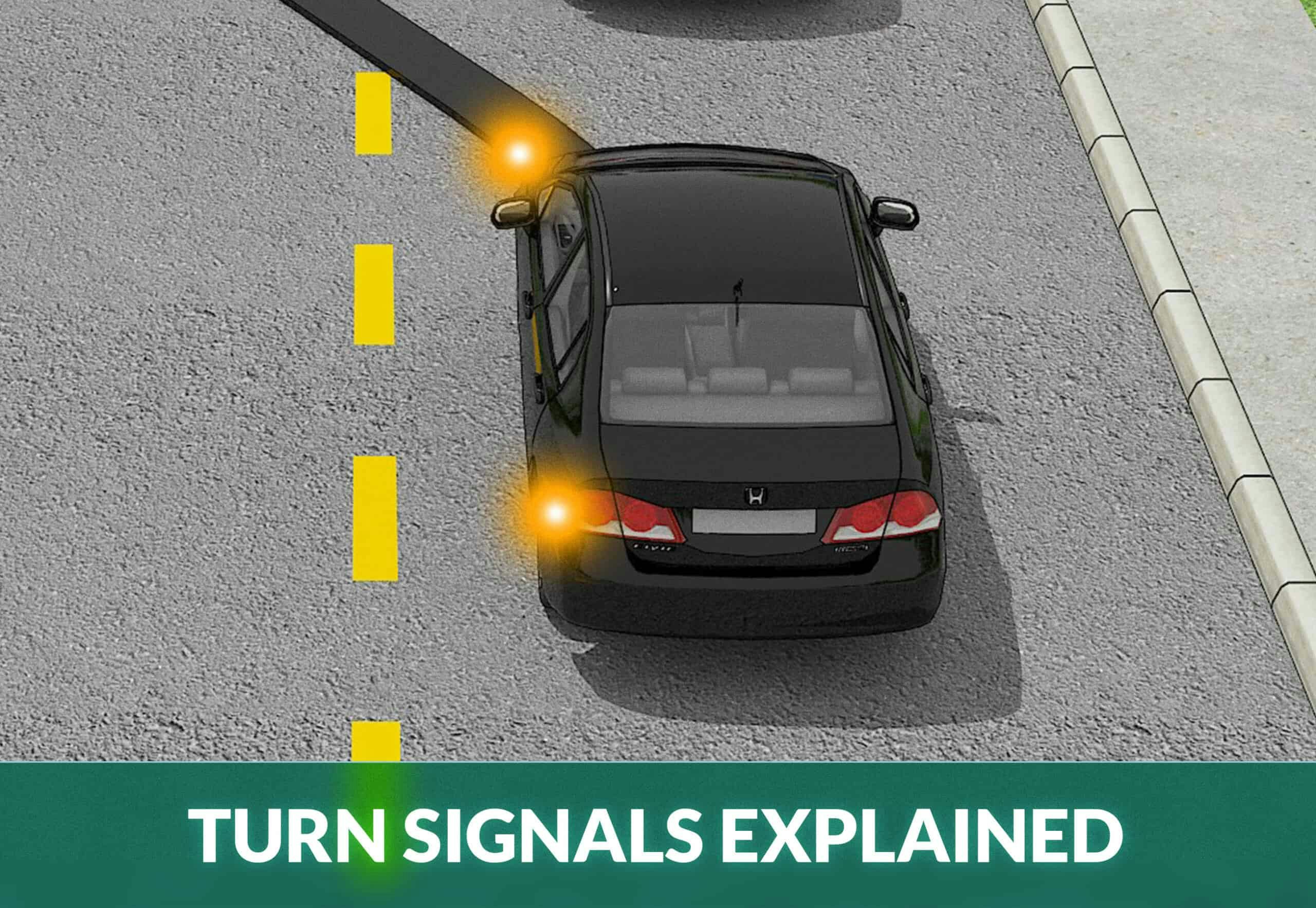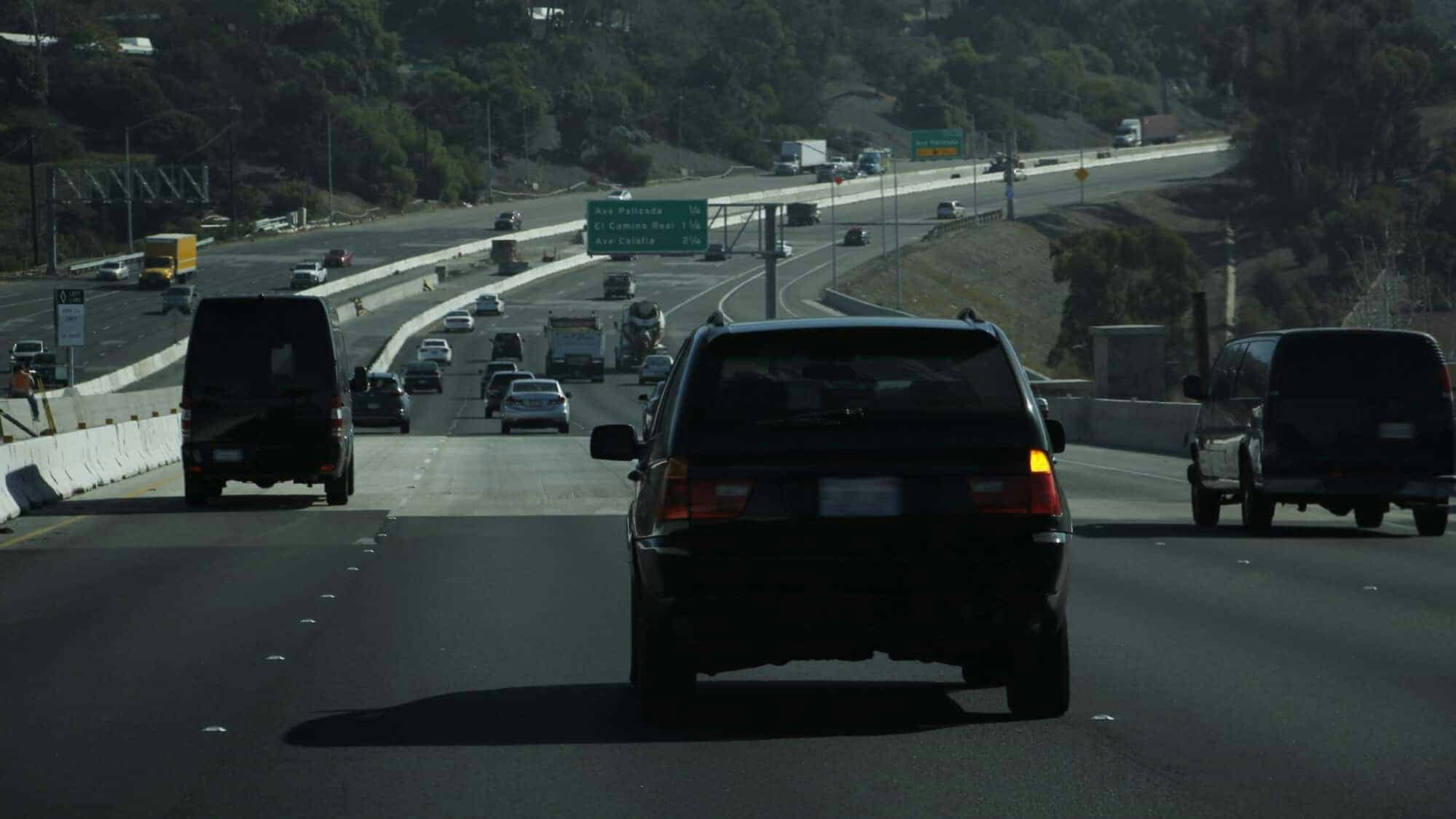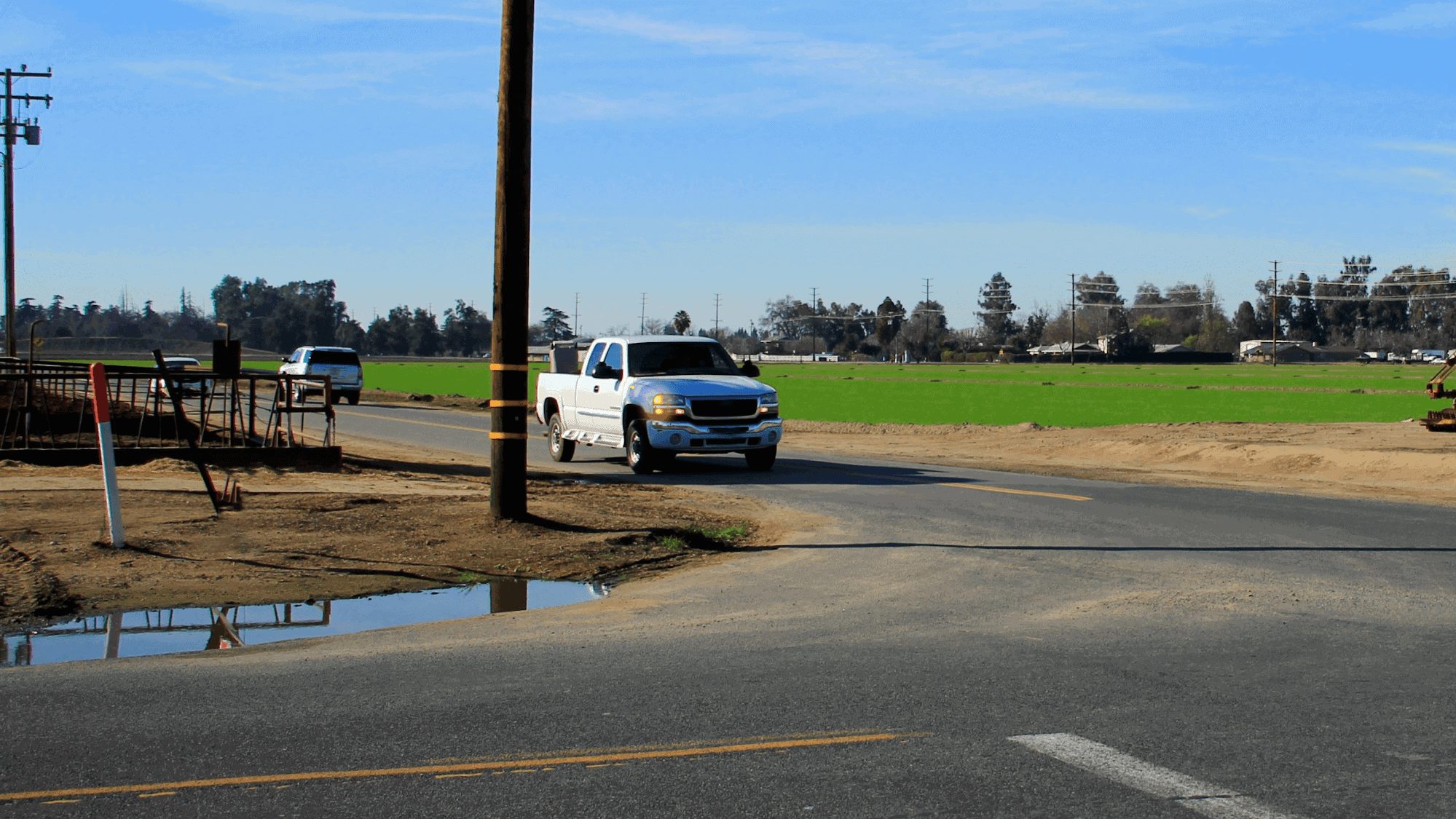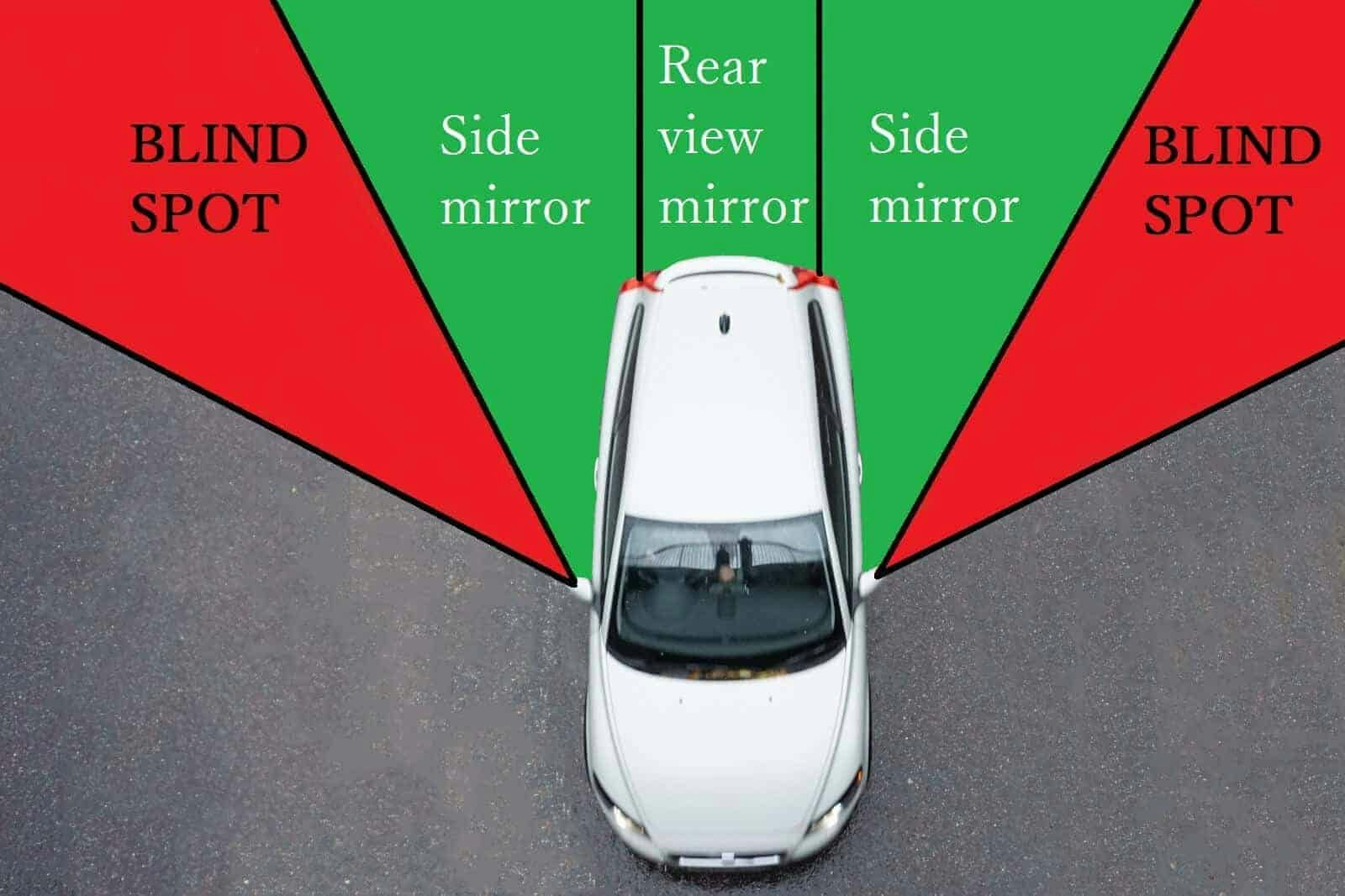
Turn Signals 101: A Complete Driver’s Guide
Knowing how to use your turn signals correctly is a safety precaution that can help you to avoid unnecessary accidents and even save your life. Turn signals are amber or yellow lights on your vehicle that flash to indicate that you’re about to change road positioning or turn.
You’re required by law to use your turn signals to let other drivers and road users know your intentions – this includes when and for how long you should use them. Despite this, almost half of drivers don’t use their turn signals correctly when changing lanes.
If you prefer video, here’s an explainer video on the subject:
When to Use Turn Signals
Use turn signals or hand signals in any of the following situations:
- Whenever turning or changing direction
- When pulling up next to the curb
- Before pulling out from a stationary position next to the curb
- Before changing lanes
- When slowing down or stopping
- When making a U-turn or 3-point turn
- When entering the flow of traffic
Remember that signaling doesn’t grant you the right-of-way over other road users. Always ensure that the lane you intend to enter is clear. Check mirrors and the blind spot to avoid causing a hazardous situation.

How Long Should You Signal?
You must always signal for long enough to give sufficient warning to other road users.
How long depends on the situation:
- Signal for at least 100 feet before you turn left or right
- Signal for at least 5 seconds before changing lanes on the freeway or highway
While signaling early is preferred in most cases, it can be dangerous if there is more than one opportunity to turn. For example, signaling before an intersection to indicate a turn just after the intersection can make another driver falsely assume that you will make a turn in the intersection – they can pull out in front of you and cause a crash.
Always use your turn signals, even if you think you’re alone. It’s the vehicle you can’t see that presents the greatest danger. Remember to check that your indicator has canceled after turning.
Don’t Believe Blindly in Direction Indicators
It can be dangerous to just look at the direction indicators – the other driver might have forgotten to turn the indicator off or is indicating too early. Before you proceed, wait and see whether the signaling vehicle actually starts to turn.

Check for Blind Spots Before Turning
Blind spots are areas that can only be seen by looking over your shoulder also known as a should check”. A lot of crashes occur due to drivers failing to check their blind spots before changing their road positioning.
Make sure that you check your mirrors and relevant blind spots before changing your road positioning e.g. changing lanes or turning.

Never drive in another driver’s blind spot for an extended time as they won’t be able to see you.

550+ exam-like questions
All you need to ace your test
Perfect for first-timers, renewals and senior citizens
Recommended articles
Ace your DMV test, guaranteed
Want to Be the Top School in Your Area?
- Simple & automated admin
- More time for teaching
- #1 learning materials for students


